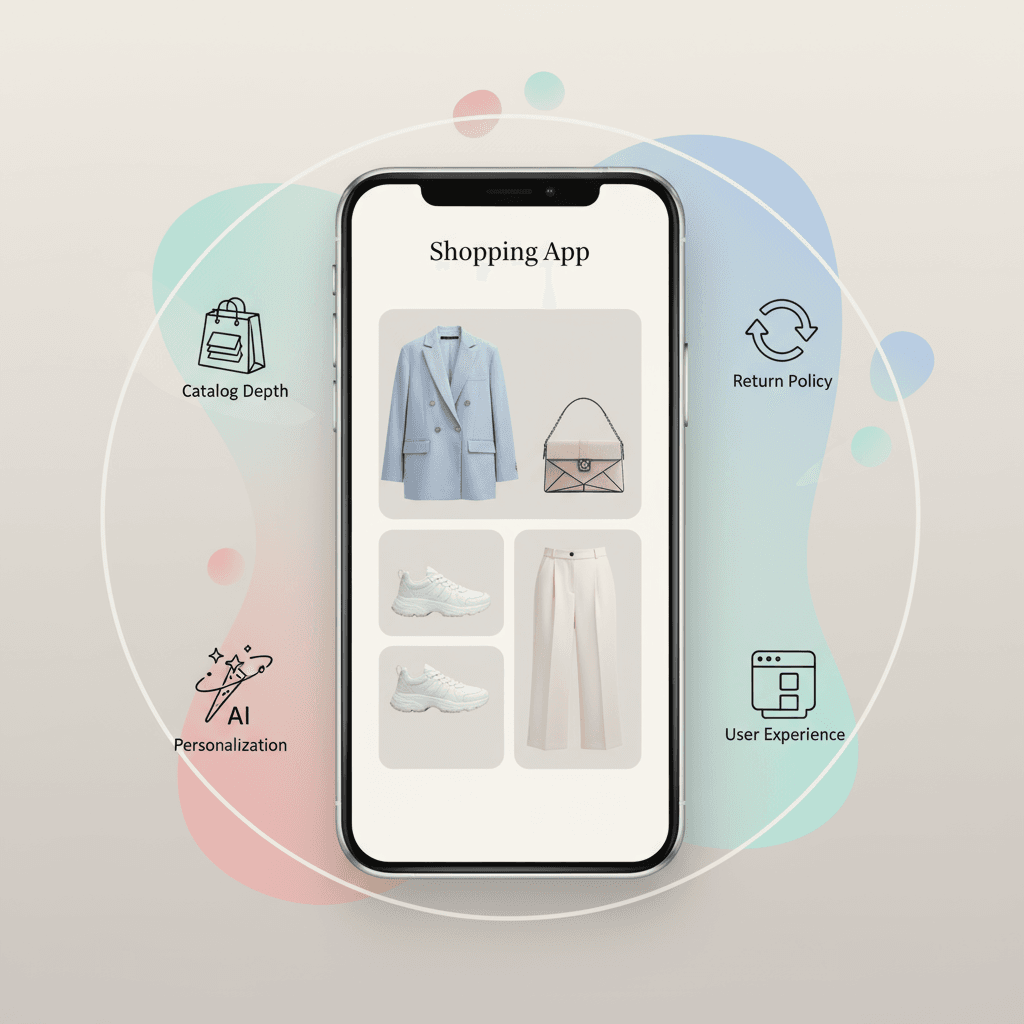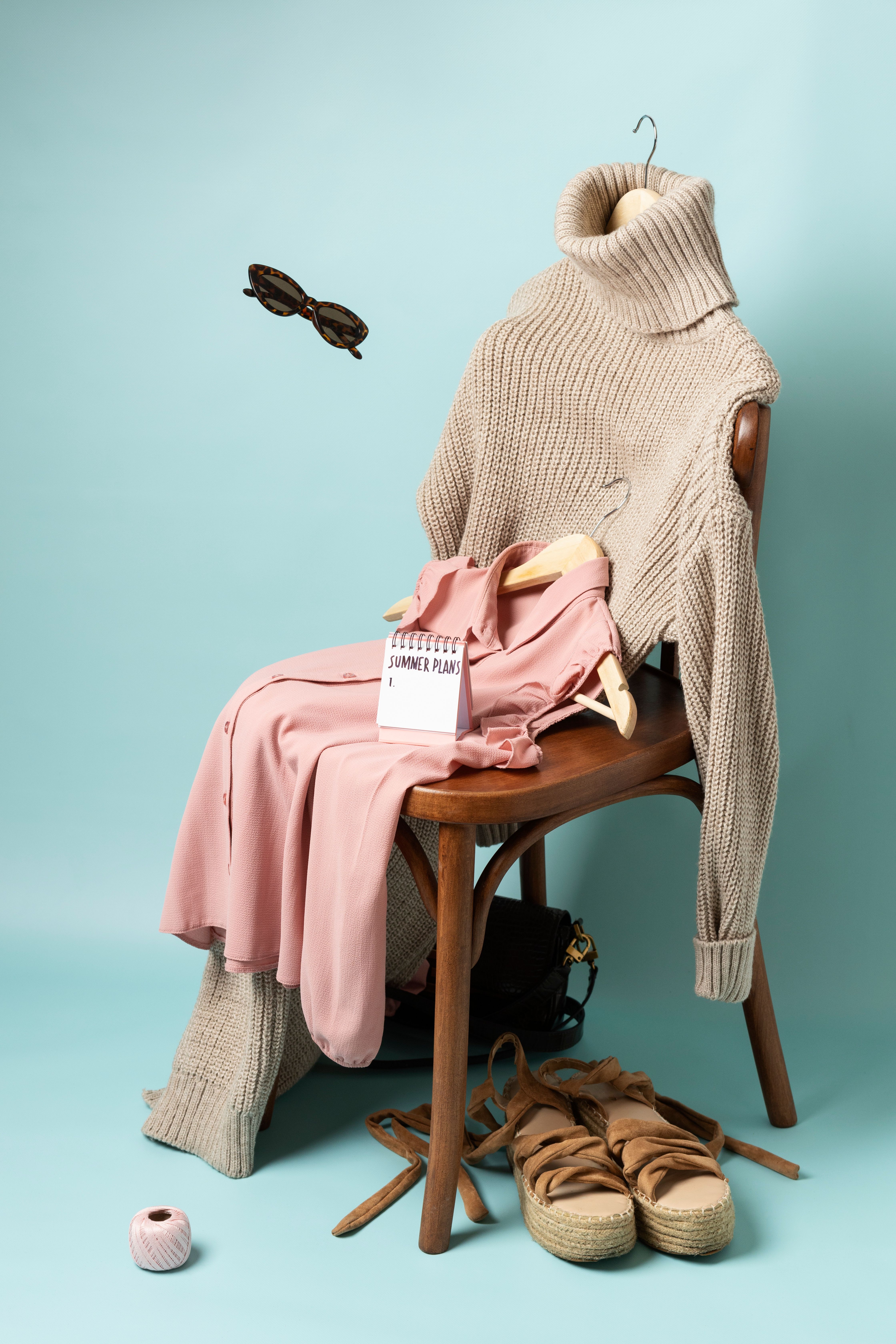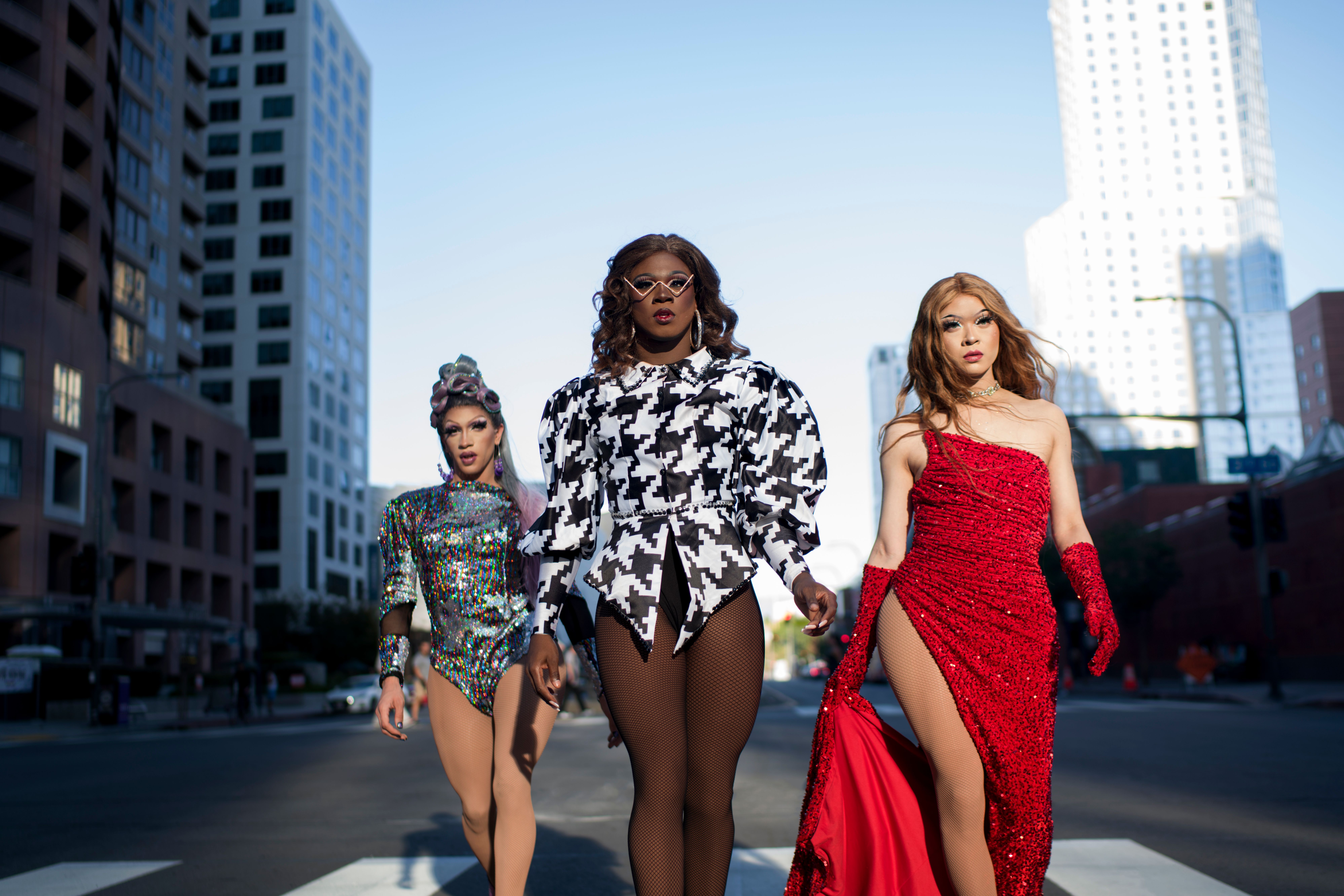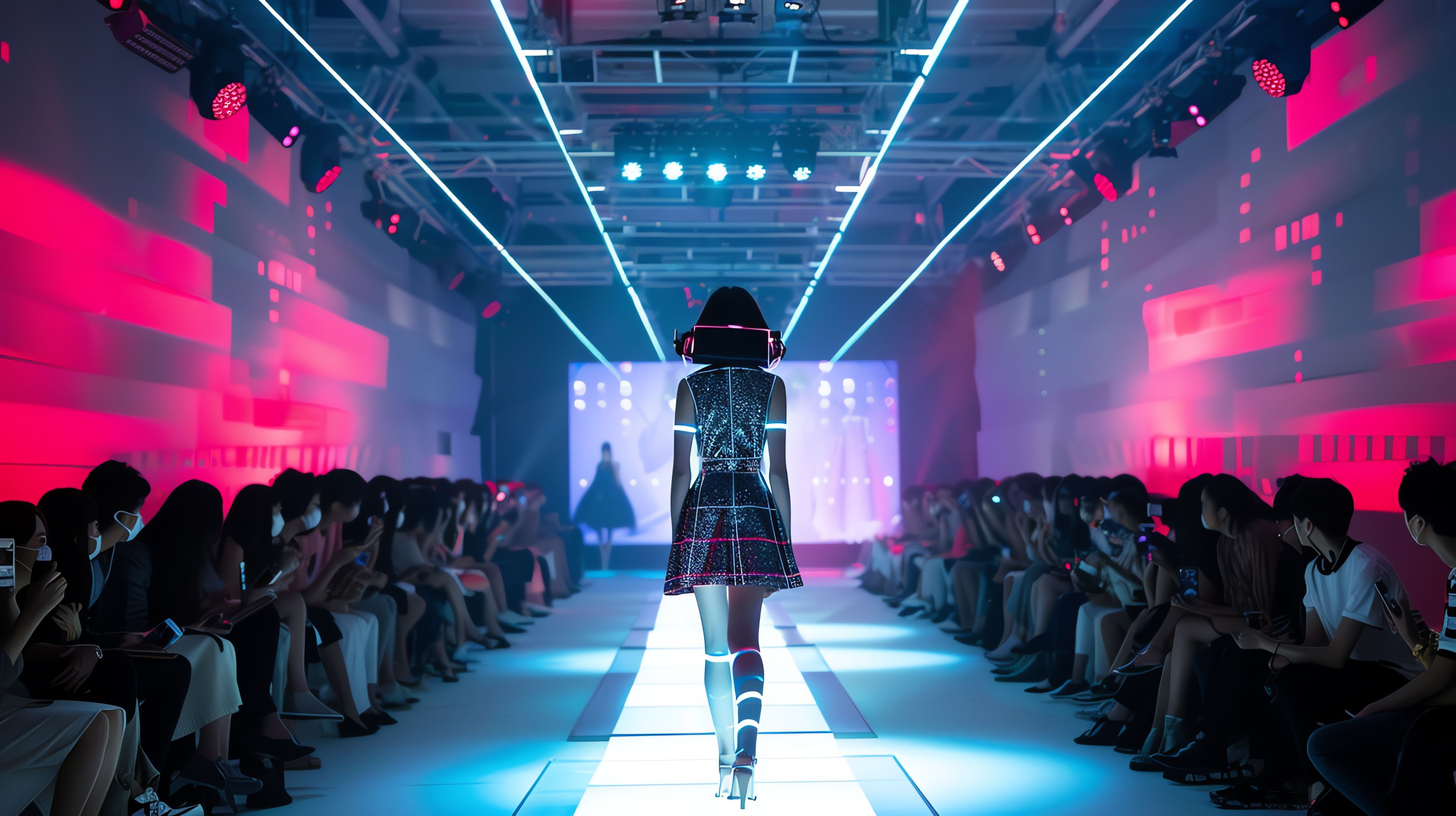Best Shopping Apps for Clothes: Smart Picks 2025
AI Fashion Design Is Taking Over: Are You Ready to Dress Smart?


Introduction: AI Meets the World of Fashion
Imagine opening your phone and seeing a complete outfit suggestion based on your taste, the weather, and even your mood—instantly. This isn’t a far-off fashion fantasy. It’s the reality of AI-powered fashion today.
From design studios to online retail platforms, artificial intelligence is becoming the secret weapon behind stylish wardrobes. With tools now capable of designing clothing, predicting style trends, and customizing looks on the fly, AI commerce is reshaping how we experience fashion.
Platforms like Glance, an AI shopping platform, are taking this even further—putting personalized, AI-designed fashion recommendations right on your lock screen. The result? A revolution in how we shop, wear, and even think about clothing.
What Is AI Fashion Design?
AI fashion design refers to the use of artificial intelligence—particularly machine learning, computer vision, and generative AI—to create clothing designs. Unlike traditional fashion design that relies on human intuition and manual techniques, AI leverages data and algorithms to produce styles that are informed by current trends, body types, user behavior, and even cultural influences.
Through AI fashion, machines can now sketch new silhouettes, select fabrics, and generate full clothing lines. These systems learn from thousands of existing designs, runway looks, social media images, and consumer feedback to build garments that resonate with today's fast-moving fashion landscape.
How Does AI Create Clothing Designs?
AI-driven fashion platforms collect and analyze large volumes of data—from trend reports to social media feeds and shopping behaviors. This data feeds into AI-powered fashion models that identify emerging styles, colors, fabrics, and patterns.
Generative design algorithms then go a step further. They don’t just replicate trends—they innovate. Based on a set of inputs (like season, occasion, or color palette), AI can generate clothing blueprints that feel fresh and fashion-forward.
Predictive modeling allows brands to anticipate future style demands, leading to smarter inventory management and reduced overproduction. AI helps designers not just follow fashion trends, but forecast and set them.
Popular Tools for AI-Powered Fashion Stylists and Designers
Here's a snapshot of top tools driving the AI-powered fashion revolution:
Tool Name | Function | Use Case |
| Vue.ai | Visual tagging and outfit recommendation | E-commerce personalization |
| Resleeve AI | Generative design for sketches and patterns | AI fashion design automation |
| Fashwell | Visual search and product discovery | Style matching for online platforms |
| Stitch Fix | AI stylist for personal wardrobe curation | Subscription-based fashion styling |
| The Fabricant | Digital-only fashion house using AI-generated art | Virtual clothes and NFTs |
These tools combine AI commerce features with stylist-grade curation—bringing both scale and personalization to the fashion experience.
Examples of AI-Designed Clothes That Made Headlines

AI-generated fashion isn’t a theoretical concept anymore—it’s already walked the runway:
- The Fabricant, a digital-only fashion house, launched the world’s first AI-generated digital dress that sold for $9,500.
- Synflux developed “Algorithmic Couture,” using AI to minimize fabric waste while customizing designs.
- Brands like H&M and Tommy Hilfiger have adopted AI tools to analyze customer data and co-create collections.
- Influencers on platforms like Instagram are now being dressed by virtual AI fashion stylists who generate mix-and-match looks based on user engagement data.
These breakthroughs signal a new chapter in fashion—where creativity meets computation.
Benefits of AI for Fashion Design
The use of AI-powered fashion technologies offers transformative benefits for both designers and consumers:
- Speed & Scalability: AI accelerates design-to-market timelines by automating time-intensive processes.
- Personalization at Scale: Each user can receive styling suggestions that match their taste, size, and lifestyle.
- Sustainable Practices: Predictive modeling reduces waste by optimizing inventory and materials usage.
- Remote Styling & Try-Ons: Virtual fitting rooms powered by AI allow users to see clothes on 3D avatars or through AR tools—no physical trial needed.
- Data-Driven Trends: Fashion decisions are now grounded in real-time insights, improving the relevance and impact of each release.
This blend of personalization, precision, and speed is why AI commerce is booming across the fashion landscape.
Challenges of AI Fashion Design
While the benefits are compelling, the journey isn’t without hurdles:
- Emotional Creativity Gap: AI still struggles to replicate the emotional nuances and storytelling inherent in human design.
- Initial Investment: Setting up AI systems and training models requires capital and technical expertise.
- Ethical Concerns: Questions about originality and IP ownership arise when machines generate designs.
- Data Bias: If training datasets lack diversity, the AI may reinforce fashion stereotypes or overlook underrepresented styles.
These challenges underscore the need for human oversight and inclusive data curation in the fashion-tech ecosystem.
Is AI Replacing Traditional Fashion Designers?
Rather than a replacement, AI fashion design serves as a co-pilot for designers. Think of it as a creative partner that suggests options, automates tedious tasks, and inspires new ideas.
Designers can input a sketch, mood board, or theme, and AI can instantly generate variations. This allows human creators to focus on storytelling, emotion, and cultural depth—while AI handles scalability and technical precision.
In many fashion studios, this collaboration has resulted in collections that are both artistic and highly marketable. The future lies in augmented creativity—not artificial replacement.
The Future of AI Fashion
As AI fashion matures, its influence will extend beyond clothing design into virtual wardrobes, digital wearables, and fashion NFTs. Picture this:
- AI avatars styling outfits for your metaverse persona.
- AI-generated NFTs of limited-edition fashion drops.
- Influencers showcasing AI-styled looks entirely designed by machines.
Gen Z and younger consumers are already leaning into this digital-first fashion world. Platforms that integrate AI commerce directly into mobile interfaces, social media, and even lock screens are redefining how fashion is discovered and consumed.
In this fast-evolving industry, the real winners will be those who embrace the AI revolution—creatively, ethically, and collaboratively.
Conclusion: AI Fashion Is Not the Future—It's the Present
The fashion industry is undergoing a paradigm shift. From AI fashion design and virtual stylists to personalized shopping through AI commerce, artificial intelligence is no longer a futuristic concept—it's the engine powering today's most innovative fashion experiences.
As consumers demand more personalization, speed, and sustainability, AI powered fashion offers scalable solutions that benefit both brands and buyers. Whether it's styling an outfit in seconds or predicting next season’s trends before they hit the runway, AI is elevating creativity and commerce alike.
With tools like AI fashion stylists, generative design models, and platforms like Glance delivering curated fashion straight to users’ screens, the fusion of fashion and technology is only getting stronger.
FAQs
What is the future of AI in fashion?
AI will personalize fashion at scale, enable virtual styling, and reduce waste in production through predictive analytics.
How is AI used in fashion design?
AI is used to analyze trends, predict styles, and generate clothing designs using generative algorithms.
Is digital clothing the future of fashion?
Yes, especially in virtual try-ons, gaming, and metaverse spaces, digital clothing is gaining popularity.
Can I use AI to model my clothes?
Absolutely. Several platforms now allow users to upload photos and visualize clothes on AI avatars.
Can AI create clothing patterns?
Yes, AI can generate complex patterns based on fashion data, user preferences, or artistic prompts.
Is there an AI that puts outfits together?
Yes, AI stylists like Stitch Fix, Vue.ai, and others can recommend full outfit combinations.
Is Resleeve AI free?
Resleeve offers limited free trials, but premium features usually come at a cost.








